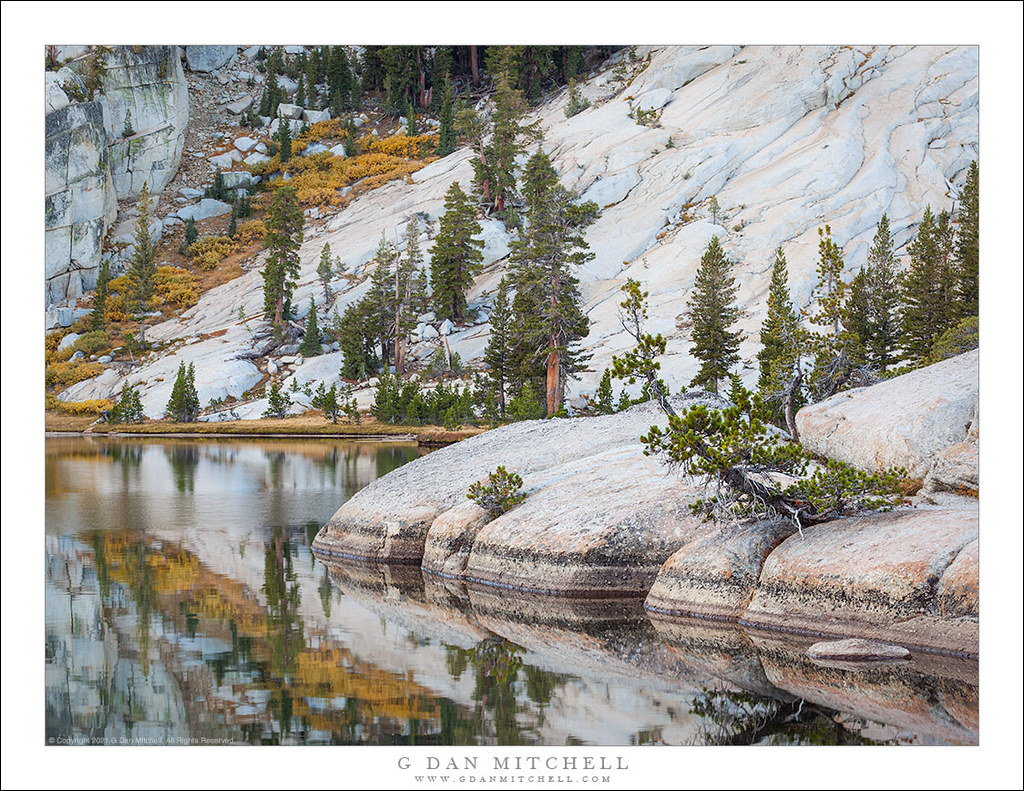Backpacking can be an amazing experience. You get to see the world, explore new places and cultures, and disconnect from the everyday hustle and bustle of life.
However, there is one thing that is often overlooked when backpacking – tracking your mileage. Tracking your mileage can be an important part of backpacking, especially if you are going on a long trip. It not only allows you to keep track of how far you have gone, but it can also help you plan out your route more effectively.
There are a few different ways to track your mileage when backpacking. One of the most popular methods is using a GPS device such as a Garmin or similar device.
These devices allow you to set up waypoints along your route and track the distance between each waypoint. This makes it easy to track how far you have gone and compare it with other routes that you may want to take.
Another option is to use a smartphone app such as Google Maps or Apple Maps. These apps allow you to easily plot out routes on your phone and keep track of your progress as you go. You can also use these apps to find points of interest along your route so that you can explore new places.
Finally, there are paper maps that are specifically designed for backpacking trips. These maps usually come with special symbols or markings that allow you to easily keep track of where you have been and where you need to go next. They also provide detailed information about different areas so that you know what kind of terrain or landmarks will be encountered along the way.
No matter which method you choose for tracking your mileage when backpacking, it is important to ensure that it is accurate as possible. GPS devices should be calibrated regularly, smartphone apps should be updated with any changes in the route, and paper maps should be consulted regularly for any changes in terrain or landmarks. All of these steps will help ensure that your journey is tracked accurately and safely so that you can enjoy every moment of your backpacking experience!
Conclusion:
Tracking mileage when backpacking can be an important part of planning out a successful journey. There are many different ways to do this including using GPS devices, smartphone apps, and paper maps.
It is important to make sure whichever method is chosen is accurate by regularly calibrating GPS devices, updating smartphone apps with any route changes, and consulting paper maps for any terrain or landmark changes. Doing this will help ensure an enjoyable experience while backpacking!
9 Related Question Answers Found
Backpacking is an activity that can be both exhilarating and draining. Determining how many calories you burn while backpacking can be helpful for meal planning and for understanding just how much of an impact the activity has on your body. Calculating the number of calories you burn while backpacking requires knowing a few key details about your body, the terrain and the weight of your pack.
If you’re new to backpacking, there’s no need to start off with an epic journey. A short, one or two night trip is the perfect way to dip your toes into the world of multi-day travelling. Not only will it be easier to manage all of your gear and food, it will also give you time to practice setting up camp and getting comfortable in the outdoors.
When backpacking, getting enough calories can be a challenge. You need to make sure you have enough energy to complete your journey, but you don’t want to carry too much weight. It’s important to find a balance between the two.
Backpacking is a great way to explore the outdoors and experience nature. It can be a great adventure, but also a challenge. Knowing what pace to set when backpacking is important for making the most of your trip and for avoiding exhaustion or injury.
Backpacking is an activity that requires a great deal of effort and preparation. It is important to make sure you are getting enough calories while backpacking in order to maintain your energy levels and stay healthy. There are many ways to increase your caloric intake while backpacking, and it is important to consider all of them in order to make sure you are adequately fueling yourself for the journey ahead.
Backpacking is a favorite activity for many people, as it allows them to explore the great outdoors while still having the comforts of modern life. However, it’s important to keep a good pace when out on the trail in order to stay safe and be able to enjoy the experience. Knowing what a good backpacking pace is can help you plan your trips and ensure that you have a great time.
Backpacking is one of the best ways to experience the great outdoors and get away from everyday stresses. Although it can be a daunting task to plan your first backpacking trip, there are some guidelines you can follow to make sure you have a great experience. Choose a Route
It’s important to select a route that matches your skill level and physical fitness.
Backpacking is a great way to explore the outdoors and get away from the hustle and bustle of everyday life. Whether you’re looking for a short weekend trip or a longer journey, there are plenty of options available to suit any type of adventurer. But one question that often comes up is: how many miles is a backpacking trip?
Long distance backpacking is a fantastic way to explore the world around you. It involves traveling with a heavy pack for extended periods of time, usually over a series of days or weeks. Long distance backpacking can be done in many different areas of the world, from mountain ranges to forests, deserts and coastlines.

